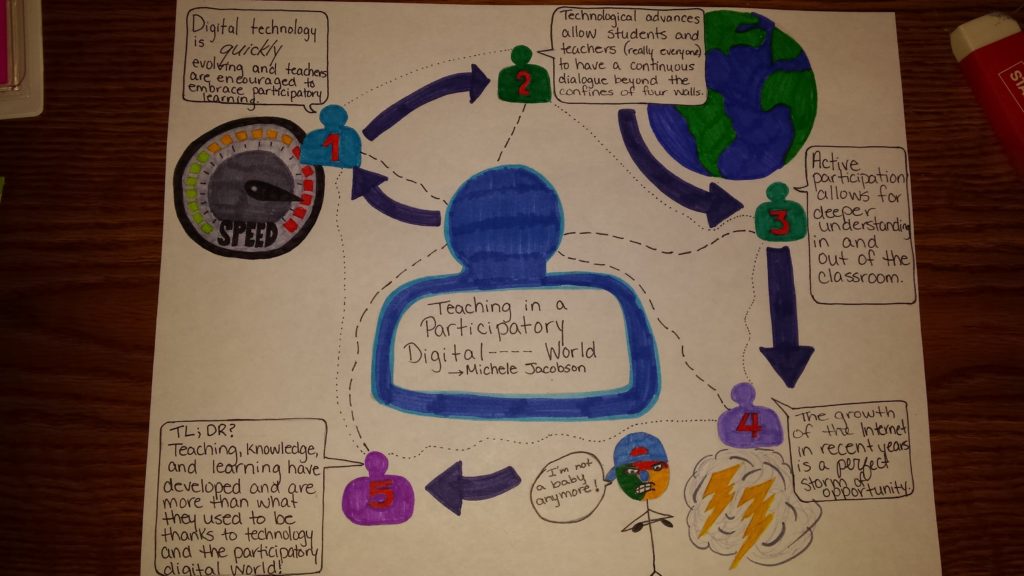Hello everyone!
It has been a minute since I was on here! For my final multimedia reflection, I decided to return to Piktochart and see if I could improve from the very first infographic I made. I think I succeeded, but only time will tell! For this reflection, I took a look at the Technologist Module off of the eCampus Ontario Open Teacher Modules. So without further ado, here is my infographic:

I really enjoyed reading through this module and learning more about the design-thinking approach. I definitely think that it is something beneficial that could be easily incorporated into classrooms when teachers are looking to become more “tech savvy” and encourage their students to broaden their horizons as well. The first step in this approach is to empathize; understand what students need and what needs to be solved. In doing this, we must ensure equality and equity for our students. This can be in terms of implementing differentiated instruction, or universal design for learning. This first step is the crux of the rest of the approach because if we, as educators, cannot identify the problem, there is no hope. Following step one is define – define your problem, or what you wish to solve. Following that is ideate – come up with any and every idea! Write them all down on sticky notes, map them all out in a mindmap, or just jot them down on a scrap piece of paper – the sky is the limit! After writing down all your ideas, plan your prototype. Experiment, explore, and dig a little deeper than before (didn’t even mean for that to rhyme but look at me go!). Here is where you have the ability to work out any kinks your plan may have, revise, refine, and try it again. The last step is the aim of this whole module – to connect and integrate technology into your classroom! This will hopefully be done successfully, but if not, go back to the drawing board!
I think that this approach to technology integration is great and can be used in any classroom. All teachers need is something they want to improve, and there is always something we want to improve. This approach is also human-centered, so the people who help to design it, are the ones who directly benefit from it…if that’s not a win-win, I don’t know what is! Make sure it ties into your curriculum, make sure that it is accessible for all your students, and make sure it works, follow all those steps and you have successfully integrated technology into your classroom and improved your overall classroom experience!
Thanks for checking this out!
Courtney M.



